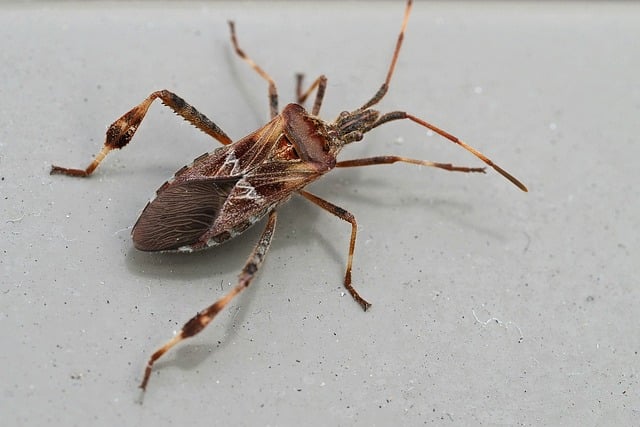"Eco-friendly pest solutions" are gaining popularity as a sustainable alternative to traditional chemical pesticides, focusing on non-toxic methods like natural repellents, beneficial insects, and plant extracts (e.g., neem, peppermint oils). These solutions target bed bugs and termites effectively while preserving the environment and promoting a healthier ecosystem. Implementing these eco-conscious practices in agriculture and home maintenance involves regular inspections, early detection, targeted treatments, clean environments, and professional inspections to mitigate infestations without synthetic chemicals.
“Uncover effective, eco-friendly strategies to combat bed bugs and termites, common household pests with resilience and subtle entry points. This guide explores their behaviors, from understanding their preferred hiding spots to differentiating between traditional and environmentally conscious control methods. We present powerful yet gentle solutions tailored to each invader, ensuring a safe, sustainable home environment. Additionally, discover preventive measures for long-term protection against these relentless intruders using eco-friendly pest solutions.”
Understanding Bed Bug and Termite Infestations: Common Entry Points and Behavior
Traditional vs. Eco-Friendly Pest Control Methods
In the ongoing battle against bed bugs and termites, a significant shift has occurred towards adopting more sustainable and eco-friendly pest control methods. Traditional approaches often rely on synthetic chemicals that can have detrimental effects on both the environment and human health. As such, there’s a growing preference for natural, non-toxic solutions to manage these pesky intruders.
Eco-friendly pest solutions offer a safer alternative by leveraging biological agents, plant extracts, and heat or cold treatments. For instance, essential oils like neem and peppermint have shown promise in repelling bed bugs, while termite control can be achieved through baiting systems that attract and eliminate termites without harming nearby ecosystems or pets. These methods not only provide effective pest management but also contribute to a greener, healthier living environment.
Effective Eco-Friendly Solutions for Bed Bugs and Termites
Implementation and Prevention Strategies for Long-Term Protection
Implementing targeted solutions for bed bugs and termites involves a combination of strategic treatment methods and robust prevention strategies. Eco-friendly pest solutions, such as using natural repellents, heat treatments, or targeted pesticides, can effectively eliminate existing infestations while minimizing environmental impact. Regular inspections are key to early detection; identifying potential entry points and signs of activity allows for prompt action.
To ensure long-term protection, maintaining a clean environment is crucial. This includes regular vacuuming, proper trash management, and sealing potential entry points like cracks and crevices. Using mattress covers and encasements can also provide an additional barrier against bed bugs. Preventive measures extend to outdoor areas, where treating nearby vegetation and ensuring proper drainage can deter termites from infiltrating structures. Regular professional inspections further bolster defense mechanisms, identifying issues before they become full-blown infestations.
In addressing bed bug and termite infestations, it’s clear that a shift towards eco-friendly pest control methods is both feasible and effective. By understanding these pests’ behaviors and entry points, we can implement targeted, sustainable solutions like essential oils, natural repellents, and heat treatments. These methods not only eliminate unwanted guests but also protect our health and the environment. Adopting long-term prevention strategies, such as regular inspections and sealing entry points, ensures a quieter, pest-free future. Eco-friendly pest solutions are the key to achieving harmony between comfort and conservation.
